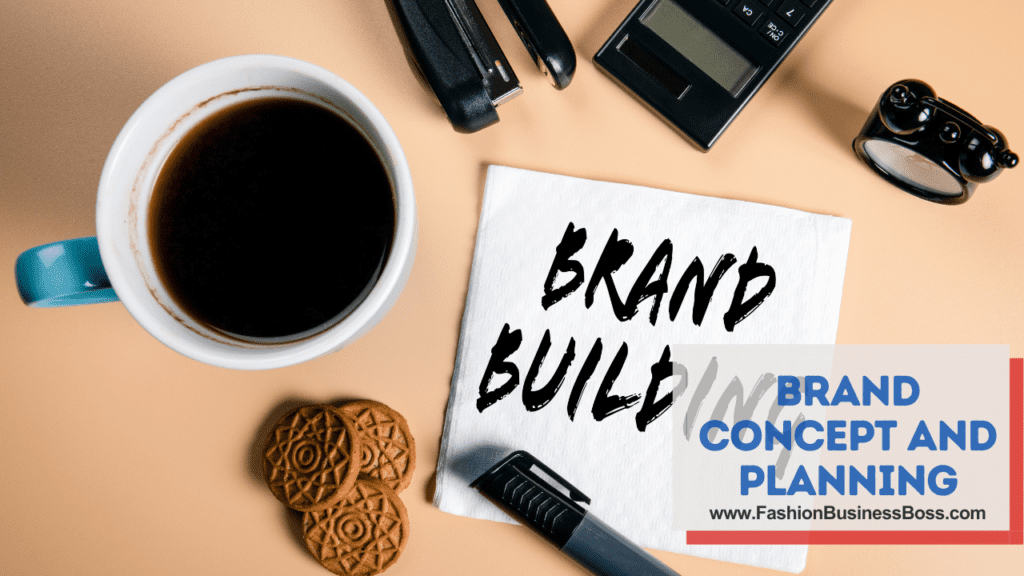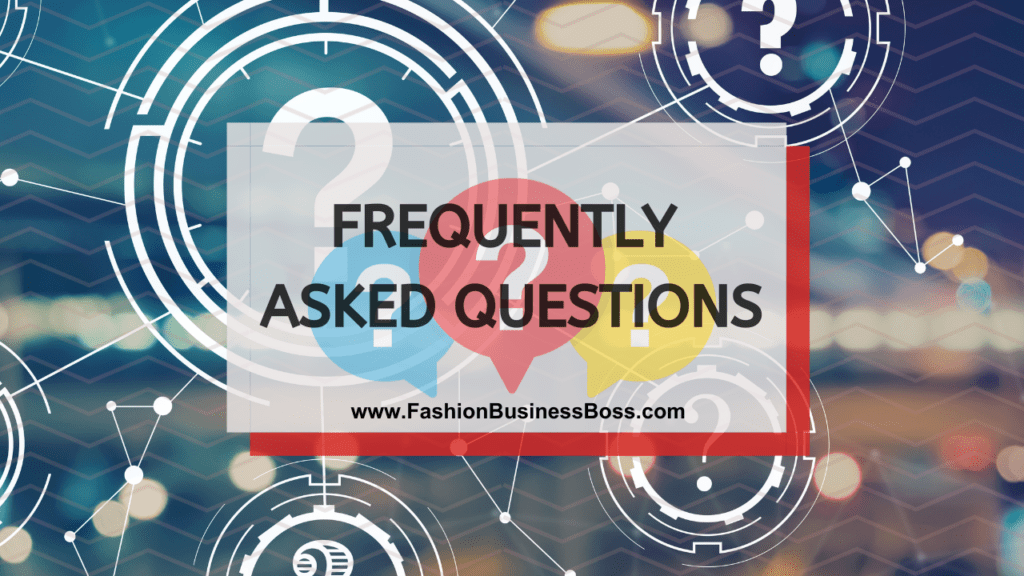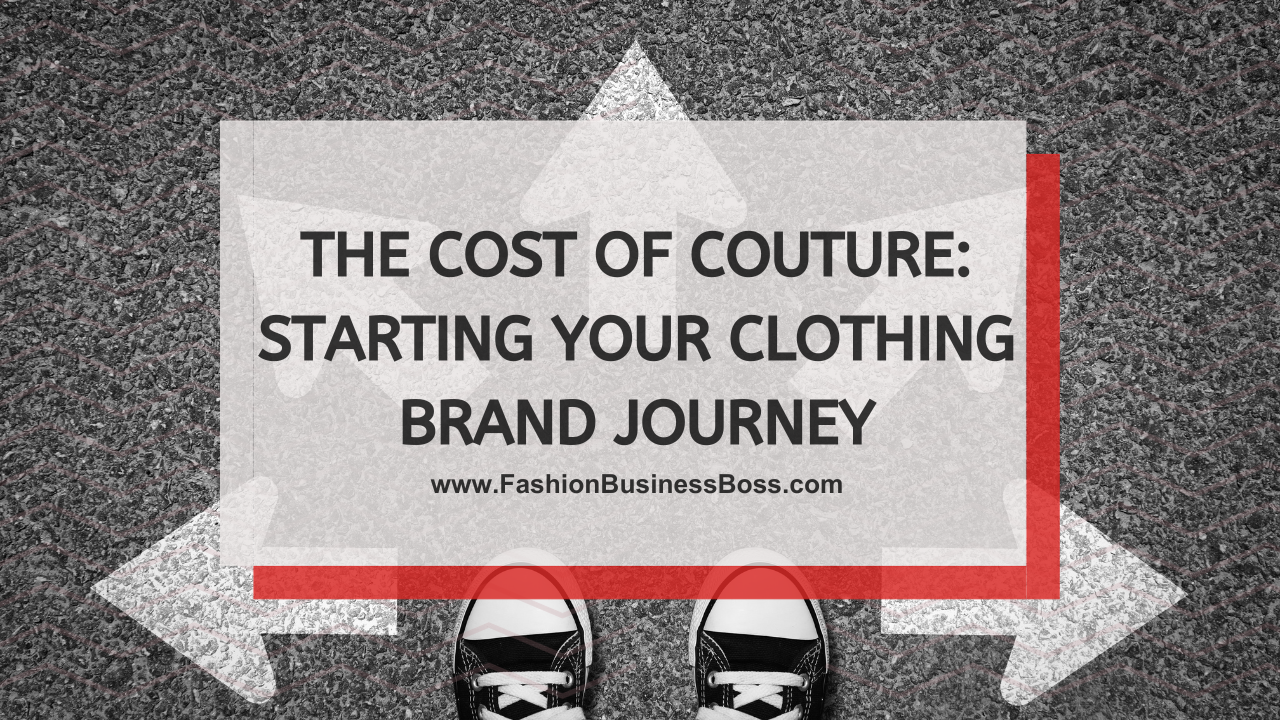Starting a clothing brand is an exciting venture that allows you to express your creativity and fashion sense while potentially turning your passion into a fulfilling business. However, one of the most critical questions aspiring clothing brand owners face is, “How much do I need to start a clothing brand?” The answer can vary widely depending on your brand’s vision and goals,
Here are some key factors influencing the cost to start a clothing brand: design, materials, manufacturing, marketing, e-commerce setup, inventory, and working capital. Costs vary widely based on your vision.
In this article, let’s break down the key factors and costs involved to give you a better understanding.
Brand Concept and Planning

First and foremost, it’s crucial to lay a strong foundation for your clothing brand. This initial phase, which can cost anywhere from nothing to $2,000, involves crafting a clear brand concept and a well-thought-out plan.
Begin by defining your brand’s identity. What message do you want to convey? What values does your brand stand for? Understanding this is key. Identifying your target audience is essential. Who are your potential customers? What are their preferences and needs?
Furthermore, you’ll need a unique selling proposition (USP) that sets your brand apart from others. This could be a unique design element, a particular quality, or a compelling story. It’s what makes your brand special.
If you lack the skills or time to conduct market research and design your brand identity yourself, consider budgeting for professional services. Market research helps you understand your competition and market trends, while a well-crafted brand identity can greatly enhance your brand’s appeal.
Read more about: Starting from Scratch: The Essentials for Launching Your Clothing Line
Business Registration and Legal
When embarking on your clothing brand journey, it’s imperative to navigate the legal aspects responsibly. This phase, with expenses ranging from $100 to $1,000, encompasses business registration and legal compliance.
Registering your business formally is often a requirement. This involves completing the necessary paperwork and acquiring the appropriate licenses and permits. These legal formalities establish your brand as a legitimate entity in the eyes of the law.
Seeking legal counsel is advisable to guarantee your brand adheres to all relevant laws and regulations. An expert can help you navigate the intricacies of business law, ensuring that your operations are in full compliance. This not only mitigates potential legal issues but also establishes trust with your customers.
Business registration and legal compliance are essential steps in the clothing brand creation process. They signify your commitment to operating within the bounds of the law and provide a solid foundation for your brand’s journey. Budgeting for these legal expenses is a wise and necessary investment in your brand’s future.
Design and Development
The design and development phase is a crucial component of launching your clothing brand. At its core, this phase revolves around the creation of your brand’s unique clothing designs, which serve as the foundation of your business.
Costs in this phase can vary widely, ranging from nothing to potentially exceeding $5,000. It depends on whether you are personally handling the design work or hiring professional fashion designers.
If you choose to create the designs yourself, you may need software tools such as Adobe Illustrator to bring your creative visions to life. These tools enable you to sketch, refine, and digitize your designs, preparing them for production.
Also, don’t forget to budget for prototyping expenses. Prototypes allow you to test and perfect your designs before full-scale production, ensuring they meet your quality standards.
The design and development phase is where your clothing brand’s unique designs take shape. Costs can vary based on your approach, whether it’s DIY or professional assistance. Factor in software tools and prototyping expenses as you budget for this critical phase of your brand’s journey.
Sourcing Materials and Manufacturing

Sourcing materials and managing manufacturing are fundamental aspects of establishing your clothing brand. These expenses can exhibit significant fluctuations, typically ranging from $5,000 to potentially exceeding $50,000. Several variables influence these costs, making it crucial to understand the factors involved.
Firstly, the type of clothing you intend to produce plays a pivotal role. Different garments have varying material requirements and production complexities, which directly impact costs. The quantity of clothing you plan to manufacture also affects expenses. Larger quantities often lead to more favorable manufacturing rates.
Moreover, the quality of materials you choose significantly contributes to your expenses. High-quality fabrics and materials generally incur higher costs but can enhance the perceived value of your brand.
For some entrepreneurs, beginning with small-batch production is a strategic choice. This approach allows for lower initial costs, minimizing the financial risk associated with large-scale manufacturing.
Read more about: Starting My Own Clothing Brand: Fashioning Dreams into Wardrobes
Marketing and Branding
Establishing a strong presence and attracting customers is crucial for your clothing brand. To achieve this, you must allocate resources to marketing and branding efforts, with costs typically ranging from $1,000 to potentially exceeding $10,000 or more.
Creating a functional and appealing website is a foundational step. It serves as your brand’s online storefront, allowing customers to learn about your products and make purchases. Costs for website development vary based on complexity and features.
Promoting your brand on platforms like Facebook, Instagram, and Twitter can be highly effective. Expenses include ad creation and ad spend, which can fluctuate depending on your advertising goals and audience reach.
Engaging content, such as blog posts, videos, and images, helps build your brand’s identity and connect with your audience. You may need to budget for content creation or hire content creators.
Some brands opt to work with marketing agencies to develop and execute comprehensive marketing strategies. Costs associated with agency services vary based on the scope of work.
E-commerce Setup
Establishing an online presence for your clothing brand through e-commerce is essential in today’s digital age. This phase encompasses setting up your online store, with costs typically ranging from $500 to potentially exceeding $5,000 or more, depending on various factors.
The core expense in e-commerce setup is developing a user-friendly website. This includes designing the layout, adding product listings, and ensuring a seamless shopping experience for customers.
To make your website accessible on the internet, you’ll require web hosting services. Costs vary based on the hosting provider and the features you need.
Enabling secure online transactions involves payment processing services. Fees associated with these services depend on the provider and the volume of sales.
Ensuring the security of your e-commerce platform is vital to protect customer data. You may need to invest in security measures, such as SSL certificates.
Depending on your brand’s needs, you may incur costs for additional features like customer reviews, live chat support, or mobile app integration.
E-commerce setup is a significant investment for selling your clothing brand online. The costs involve website development, hosting, payment processing, security measures, and potential additional features. Careful planning and budgeting in this phase are crucial to creating a seamless and secure online shopping experience for your customers.
Inventory and Stock

Managing inventory and stock is a key aspect of your clothing brand’s operation. The costs associated with this phase can vary widely and are contingent on several factors.
The primary determinant of your inventory costs is how much clothing you plan to offer and the variety within your collection. A larger inventory with more diverse items will naturally incur higher expenses.
You’ll need a place to store your inventory. If you have limited space, you might need to consider renting storage facilities, which can add to your costs.
Clothing brands often release seasonal collections. Planning your inventory around seasonal trends can impact your costs, as you’ll need to prepare for changes in demand.
Regularly restocking popular items and managing reorder quantities also contribute to your inventory expenses.
To manage costs effectively, some entrepreneurs opt to start with a limited range of products. This approach allows you to test the waters and keep initial inventory costs manageable. As your brand grows, you can expand your inventory to meet demand.
Read more about: Starting Strong: Equipment for a New Clothing Store
Distribution and Fulfillment
The distribution and fulfillment of orders are critical aspects of your clothing brand’s operation. Costs in this phase are variable and hinge on your chosen method of order fulfillment.
If you opt for self-fulfillment, you’ll handle the entire order process, from packing products to shipping them to customers. Costs may include packaging materials, shipping fees, and the time and labor required for order processing.
Alternatively, you can use a fulfillment service to handle the logistics. These services store your inventory, pack orders, and ship them on your behalf. Costs are typically determined by factors like storage space and order volume.
The shipping methods you offer to customers can impact costs. Faster shipping options may be more expensive, while standard shipping is usually more affordable.
If you plan to ship internationally, be aware that it can incur higher costs due to customs fees and longer shipping distances.
Factor in the potential costs associated with processing returns and exchanges, including shipping and restocking fees.
When deciding on your distribution and fulfillment strategy, consider the scale of your brand and your budget. Self-fulfillment may be cost-effective for smaller operations, while fulfillment services can streamline the process for larger brands. Balancing customer expectations with cost considerations is key to this phase of your clothing brand’s journey.
Miscellaneous Expenses
While planning your clothing brand venture, it’s essential to account for miscellaneous expenses, which can vary widely and are often unpredictable.
Costs for packaging materials like boxes, labels, and protective materials can add up, especially as you fulfill orders.
Beyond the shipping fees passed on to customers, remember to include the expenses associated with delivering your products to customers.
Unforeseen legal matters, such as contract reviews or minor compliance issues, may require legal assistance, incurring associated fees.
Miscellaneous operational expenses, like software subscriptions, utilities, or minor repairs, can arise unexpectedly.
Occasional marketing campaigns or promotions may not be part of your regular marketing budget but can impact expenses.
Be prepared for unexpected situations, like damaged inventory or unforeseen events that may require financial attention.
Budgeting for miscellaneous expenses is essential to ensure you have the financial flexibility to handle unforeseen circumstances without derailing your brand’s progress. It’s wise to set aside a contingency fund to cover these miscellaneous costs, as they can arise at any stage of your clothing brand journey. Proper financial planning and flexibility are key to navigating these variable expenses effectively.
Working Capital

Working capital is the money you need to keep your clothing brand running smoothly on a day-to-day basis. It’s like having some spare cash in your wallet to cover your daily expenses. This capital is essential because, in the beginning, your brand might not make a profit right away. Here’s why working capital matters:
You’ll need funds to pay for things like rent, utilities, salaries, and any other regular costs associated with running your brand.
You may need to purchase inventory upfront before making sales. Having working capital allows you to stock your products.
Promoting your brand through marketing and advertising requires funds, and these expenses are often ongoing.
Sometimes unexpected expenses pop up, like equipment repairs or sudden opportunities that require investment.
Having working capital ensures you can manage these day-to-day expenses and any surprises that come your way. It provides financial stability while your brand is still growing and not yet generating consistent profits. The amount of working capital you need can vary, so it’s important to plan and budget accordingly to keep your brand on a steady path to growth.
Read more about: Starting Strong: How to Create Your Clothing Line Business Plan?
Conclusion
The total cost to start a clothing brand can vary widely, ranging from a few thousand dollars to tens of thousands or more. Your unique brand concept, quality standards, and marketing strategy will significantly impact your expenses.
Frequently Asked Questions

Q: What is the average startup cost for a clothing brand?
A: The average startup cost for a clothing brand varies widely but typically falls between $10,000 to $50,000, depending on various factors such as design complexity and marketing strategy.
Q: How can I minimize manufacturing expenses when starting a clothing brand?
A: You can reduce manufacturing costs by starting with small-batch production, sourcing materials efficiently, and exploring cost-effective manufacturing options both domestically and internationally.
Q: What legal requirements to be aware of when starting a clothing brand?
A: Legal requirements may include business registration, trademark protection, and compliance with industry-specific regulations. Consulting with a legal expert is advisable.
Q: What is the role of e-commerce in launching a clothing brand?
A: E-commerce is crucial for reaching a broader audience. It involves setting up an online store, optimizing it for user experience, and implementing secure payment processing.
Q: How can I fund my clothing brand startup?
A: Funding options include personal savings, loans, grants, investors, and crowdfunding. The choice depends on your financial situation and business plan.
To learn more about starting your own clothing business, check out my startup documents here.
Please note that the contents of this blog are for informational and entertainment purposes only and should not be construed as legal advice. Any action taken based on the information provided in this blog is solely at your own risk. Additionally, all images used in this blog are generated under the CC0 license of Creative Commons, which means they are free to use for any purpose without attribution.

Meet Shawn Chun: Entrepreneur and Fashion Business Fan.
I’m a happy individual who happens to be an entrepreneur. I have owned several types of businesses in my life from a coffee shop to an import and export business to an online review business plus a few more and now I create online resources for those interested in starting new ventures. It’s demanding work but I love it. I do it for those passionate about their business and their goals. That’s why when I meet a designer or boutique owner at a craft fair, farmers market, retail location or anywhere else I see myself. I know how hard the struggle is to retain clients, find good employees and keep the business growing all while trying to stay competitive.
That’s why I created Fashion Business Boss: I want to help fashion business owners like you build a thriving business that brings you endless joy and supports your ideal lifestyle.

